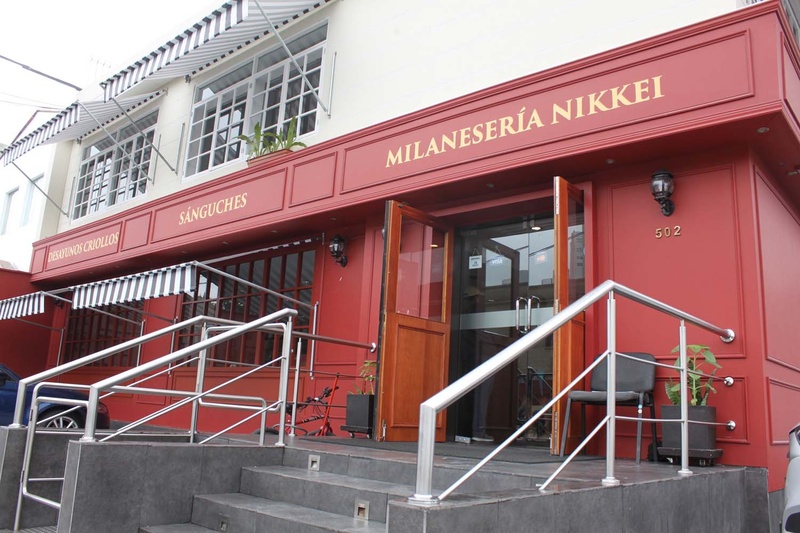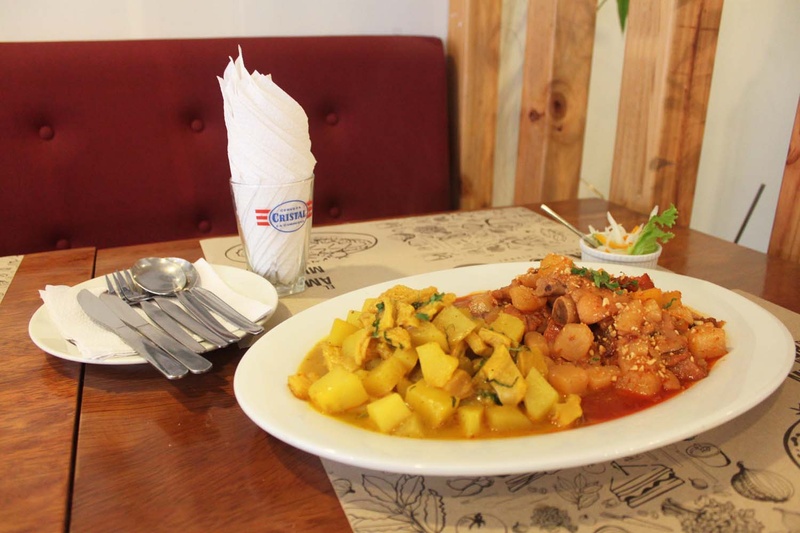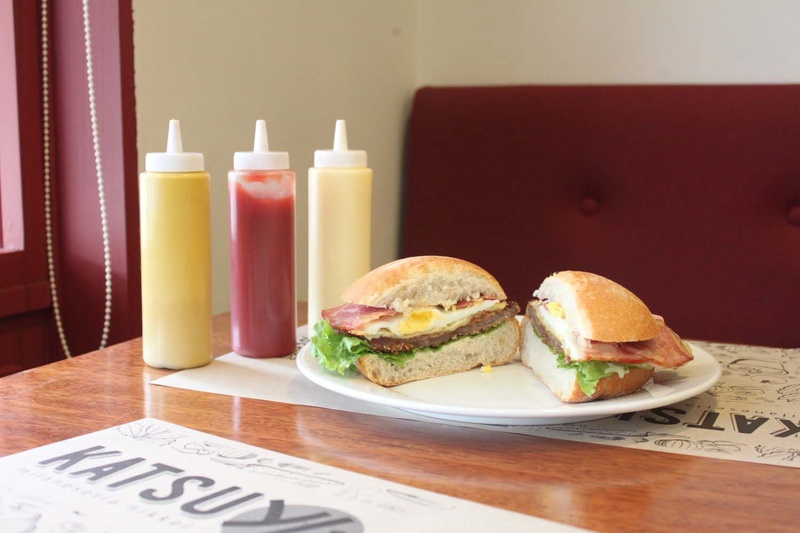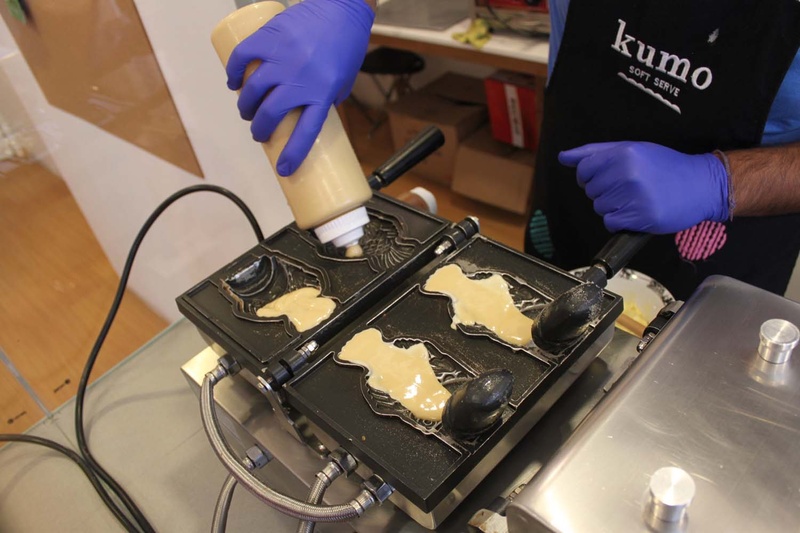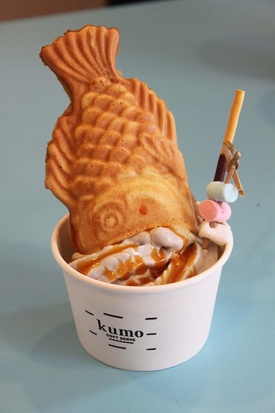Nikkei cuisine in Peru has a long history with a series of topics that have given an identity to the majority of culinary initiatives present in the capital. Since the years of immigration, in the 1920s, when some Japanese opened businesses such as grocery stores, cafes and inns, their cultural identity was hidden behind the stove, always presenting Creole and popular dishes.
Little by little, a subtle influence was given by techniques, inputs and preparations, until an adapted Japanese cuisine spread, reserved to a certain extent for migrants, and then one that developed in the seventies, with Japanese chefs 1 who opened restaurants focused on sushi. In the following decades, proposals focused on ramen and haute or signature cuisine arrived, but the explosion of makis has been the most notable.
Currently, there is almost no district in Lima that does not have a maki restaurant aimed, especially, at a young consumer. Fortunately, this proposal is accompanied by other unique ideas that collect part of the traditions and history of Peruvian Nikkei cuisine to modernize it, give it a new touch or to introduce new elements that allow us to find variants capable of arousing interest in the extensive Lima menu. .
Appetizer: curiosity
Although much of the Lima public is very conservative, there are lifestyles that have led Nikkei cuisine to adapt to vegetarian cuisine (most sushi bars have a veggie maki). At Kinjo Ramen , in Barranco, they have gone further, including miso soup and shoyu ramen, gyozas and even a little-known dish in Peru (korokke, a fried food similar to the Spanish croquette) all in a vegetarian version.
Other establishments such as Shoyu Sushi House have opted for a Mexican concept (the burrito) to offer the 'burroll', a roll that follows the trend of fast food, or food on the go, but with healthy Nikkei ingredients, and varied recipes (from fish, chicken and vegetarian). Now, they are even in self-service because of the practicality with which they can be prepared.
Another interesting idea is that of the Homare Sei restaurant, located in La Molina, where poke bowls (Hawaiian salads that are a trend in various parts of the world) have been imposed on their menu with options that you choose, with ingredients such as rice or base salads, chicken, fish (tuna or salmon), shitake mushrooms, ebi furai , meat or pork protein glaze; vegetables (avocado, kiuri , gari , cabbage slaw, etc.), toppings (garlic chips, sweet potato or kion threads, crispy smoked trout) and a dressing sauce.
Main course: originality
A few years ago the appearance of Asian fusion restaurants, such as KO Asian Cuisine, or places that opted for yakiniku (grilled meat) already aroused our curiosity 2 . However, not all proposals have been able to be maintained. And, in a market as changing as Lima's, where investors of different levels come, nothing is enough. That's what Norberto Hosaka, creator of Hanzo in 2006, explains to us, with the help of chef Hajime Kasuga.
“Many entrepreneurs start by copying what is already successful, my intention is to do different things that I like. It is important to have passion for what you do,” says Hosaka, who opened the Wasabi restaurant at a time when there were no modern maki establishments, such as fast foods, or the open bar option. This year, he decided to go for a proposal similar to the inns opened by the first migrants, like his grandfather Toshinaga Oshiro.
“He arrived when he was twelve years old and had an inn in the center of Lima where he sold Creole dishes such as pancita or cau cau. I wanted to pay tribute to him and I partnered with the Higa family who trusted me to open a concept that did not exist but that I knew needed a differentiating element.” This is how Katsuya (which translated would be something like “The House of Milanese”) emerged, focused on panko breading from Japan.
The dishes from Grandfather's inn are repeated in this “Nikkei Milanesería”, a concept that Hosaka created and which offers very large portions (“the way Peruvians like it”) and of unquestionable quality. The milanesas can be meat or chicken, and for the winter they are already preparing an offer of soups that will be added to their Creole sandwiches, to the dishes with a combination of typical flavors of popular cuisine (and at a good price) and to an atmosphere decorated with photos of yore.
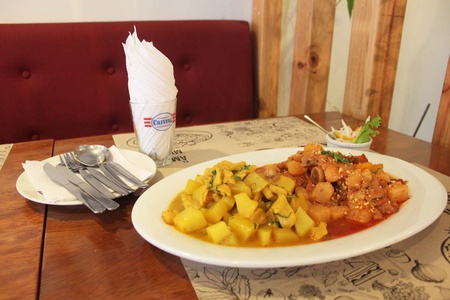
Dessert and coffee: the novelty
Gourmet pastries like those at Yogashi Patisserie have reached the most sophisticated level in a city like Lima, where novelty attracts enthusiastic customers, especially young people. That was the opportunity that Magda Pérez and Roberto Álvarez saw, who created Kumo , an ice cream parlor that is based on artisanal “soft ice cream,” made in special machines, and that instead of the cone has a Peruvianized version of the classic taiyaki .
Taiyaki , says Magda, is a dough similar to that of a waffle, but with a special recipe that arose when the working class in Japan who could not afford roasted sea bream (literal meaning of taiyaki ), invented this sweet filled pastry. (to which here they put pastry cream, blancmange or chocolate) and which is shaped like a fish. They learned about this dessert when they were looking for ideas to open a business and saw that it was a success in New York and then in Madrid. This is how Kumo, ' cloud ' in Japanese, emerged.
“We decided to bring something new, which required importing the machines to make them, one by one, and because we love Japanese culture,” says Magda. Together, they have created several flavors of ice cream, including green tea (made with Cusco tea and matcha), kion and honey, and black sesame, which is a real surprise, which are served with toppings and sauces. They also have a couple of lattes, with matcha tea and coconut activated charcoal, to complete their innovative proposal.
Finally, Postdata Café is the first Peruvian-Japanese fusion café that offers drinks such as Matcha Latte, Matcha Frappé and Matcha ice cream. Diana Maeda and Pedro San Martín designed this place, with oriental nuances, where they offer mango, kiwi, peach and strawberry mochis; in addition to hojicha (roasted green tea) that they only serve at the request of Nikkei, Japanese or regular customers who already know it. “For customers who come to try it for the first time, we try to give them information and make them part of the experience of drinking or eating an oriental dessert or drink,” says Diana.

Grades:
1. Enrique Higa Sakuda, Peruvian Japanese Association. " Nikkei cuisine: history, evolution and international expansion. From the huariques to the conquest of the world ", (Discover the Nikkei on February 4, 2016).
2. Javier García Wong-Kit, " New trends in Nikkei cuisine ", (Discover the Nikkei on September 7, 2016).
© 2018 Javier Garcia Wong-Kit


